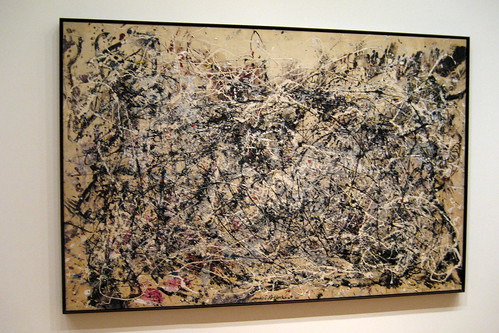I've watched so many of them and I don't know why. They're all the same.
A quirky/successful/pretty woman in her late twenties that is too self conscious to land the man of her dreams. She's a "career" woman. She's a doormat. She just cares too much about making others happy. Aw, poor lass, stand your ground.
She's matched with a dynamic best bud. Usually they've been through years together, graduating an impressive university holding hands and going through a family related trauma by each others side.
The leading lady either has a high maintenance best bud who is ultimately too demanding to even be considered realistic (always another woman). That, or a calm, grounding friend that makes our girl feel like she's worth something through wit and kindness (usually a guy).
In Something Borrowed there's both. The stereotype continues ladies and gentlemen.
And yes, I watched Something Borrowed...
 No doubt, it was poorly done, so lame and obviously boring. To generalize, it's lazy film making.
No doubt, it was poorly done, so lame and obviously boring. To generalize, it's lazy film making.Lines like, "Sometimes good people do bad things." Who's writing this shit?
Jennie Snyder. Oooops, no wonder it was bad. She writes Lipstick Jungle and Hope and Faith scripts. Booo!
Come on, it's about rich thirty year olds first off. They go to the Hamptons and whine about expensive houses. They're all lawyers. They take lengthy vacations and long lunches. It's hard to feel sorry for these folks.
The premise is so unoriginal. Two best friends, one of them falls in love with the others fiance. BUT wait! There's a history between the two secret lovers, they were ex-law students that loved each other but never said anything. Barf.
There's the over the top kisses in the taxi cab, overly emotional/unrealistic monologues that make you wince and the feel good 90s music soundtrack.
Have romantic comedies always been like this? Specifically, have they all been this terrible?
I watched an old romantic comedy and it seems as though they haven't.
One with my favourite classy lady, Miss Audrey Hepburn in Roman Holiday.
Roman Holiday is exceptionally cute, but not plastic like the romantic comedies of today. It's about a princess (Audrey Hepburn) who has been overly managed her entire life. She has every moment of her days planned and has no free will. She is pushed to the limit when she has a day before her filled with official demands on a big European tour. The final one in in the city of Rome.
A sedative is given to her after she throw a tantrum. The poor princess has absolutely no say in her life.
The film continues as the Princess enjoys playing hooky with Joe in the city. She's unaware that he works for the paper. Once he finds out who she is, he uses her like everyone else. He secretly schemes to make his encounter with her a front story page for a hot ticket price of $15 grand.
Although, Joe starts off with only dollar signs in his eyes, he quickly changes. The two fall in love. Sigh.
 The film is really cute and feel good. The movie is absolutely Americana 1950s, charming and lovable. Also, the ending is stereotypical. Joe is loyal and doesn't sell Princess Ann out. They share an adventurous day in the city, escaping the royal guards, dancing with hilarious Italian locals and eating delicious food.
The film is really cute and feel good. The movie is absolutely Americana 1950s, charming and lovable. Also, the ending is stereotypical. Joe is loyal and doesn't sell Princess Ann out. They share an adventurous day in the city, escaping the royal guards, dancing with hilarious Italian locals and eating delicious food.So, before you write off romantic comedies, check out some oldies, they'll be sure to make you feel just that much better about love.
Recommended. 4/5


















